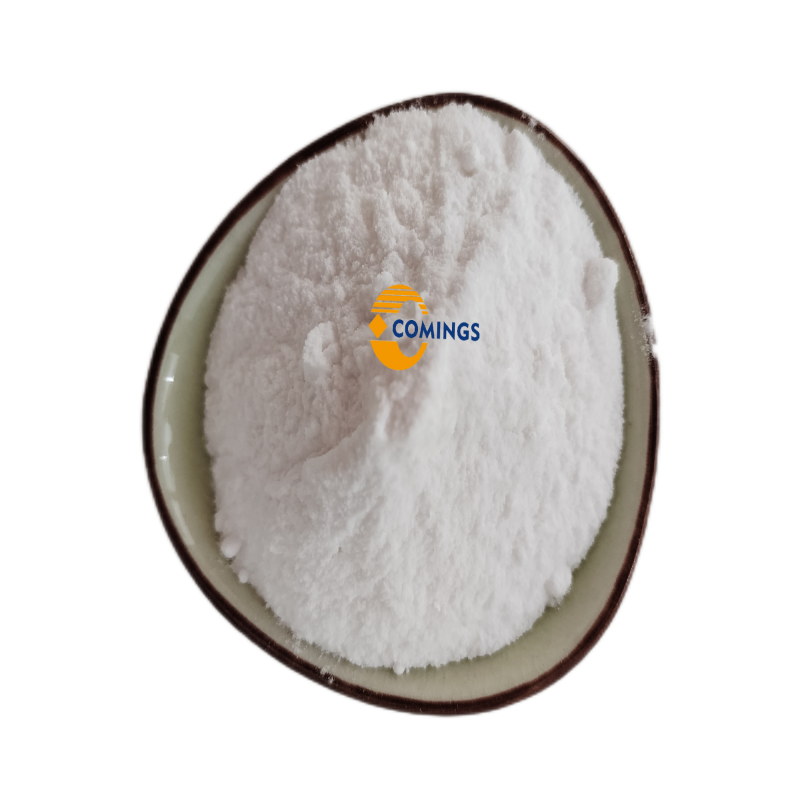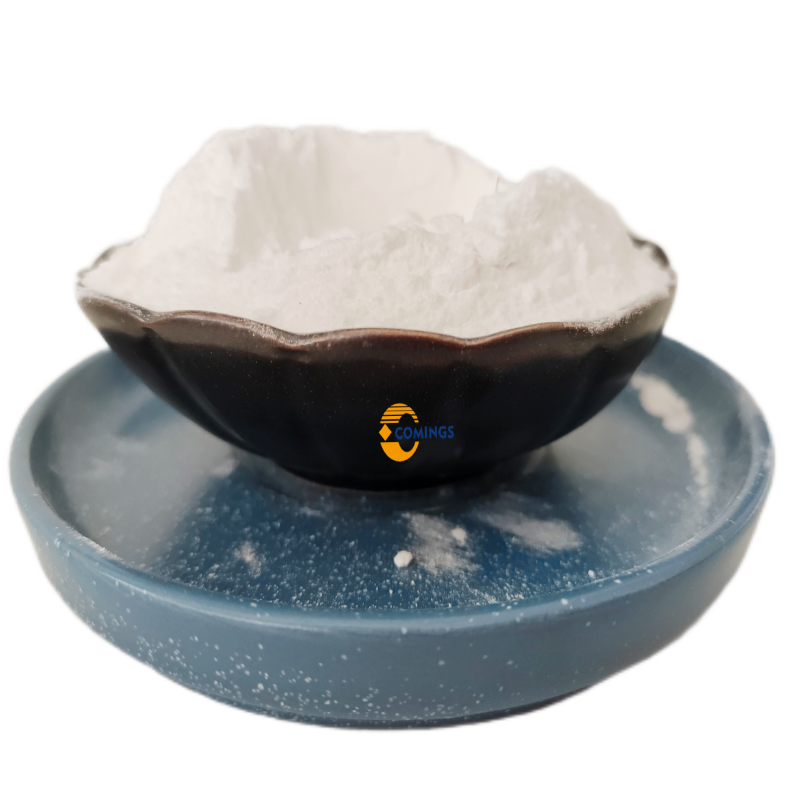-
Categories
-
Pharmaceutical Intermediates
-
Active Pharmaceutical Ingredients
-
Food Additives
- Industrial Coatings
- Agrochemicals
- Dyes and Pigments
- Surfactant
- Flavors and Fragrances
- Chemical Reagents
- Catalyst and Auxiliary
- Natural Products
- Inorganic Chemistry
-
Organic Chemistry
-
Biochemical Engineering
- Analytical Chemistry
-
Cosmetic Ingredient
- Water Treatment Chemical
-
Pharmaceutical Intermediates
Promotion
ECHEMI Mall
Wholesale
Weekly Price
Exhibition
News
-
Trade Service
Myocardial metabolic diseases, including heart vascular disease (CVD) and diabetes , account for 57 million cases of deaths worldwide by 34%, in 2016 China accounted for 45% of the 10 million cases of total deaths
.
Diet is a key and changeable life>
Heart vascular diabetes Mediterranean diet prevention
The influence of dietary patterns on myocardial metabolic diseases has been well studied in Western populations
.
However, there is still insufficient evidence to describe the relationship between the dietary patterns of China's unique eating habits and myocardial metabolic diseases
Of the 477,465 participants in this study, 59.
1% were women, 43.
0% were urban residents, and the average age at the time of recruitment was 51.
1 years (standard deviation: 10.
5 years)
.
Two retention factors explained 42.
Participants with higher dietary pattern scores were mostly male, well-educated non-smokers, and had lower blood pressure (Table 1)
.
Those who adhere to the traditional northern diet are more likely to be rural residents, but less likely to drink alcohol every week
Participants with higher scores were mostly male, well-educated non-smokers, and had lower blood pressure (Table 1)
After a median follow-up of 10.
5 years (4.
6 million person-years), the CKB study tracked 137,715 cases of CVD (including 8870 MCE, 9758 HS, and 42,667 IS) and 17,412 diabetes (non-diabetic population)
.
5 years (4.
6 million person-years), the CKB study tracked 137,715 cases of CVD (including 8870 cases of MCE, 9758 cases of HS, and 42,667 cases of IS) and 17,412 cases of diabetes (non-diabetic population)
.
After a median follow-up of 10.
After tracking a median of 10.
5 years (4.
6 million person-years), the China Cadoli Biobank (CKB) study tracked 137,715 cases of CVD (including 8870 MSE, 9758 HS and 42,667 IS) And 17,412 cases of diabetes (in the non-diabetic population)
.
The traditional northern diet pattern is inversely proportional to major myocardial metabolic diseases (Table 2)
After tracking a median of 10.
At the same time, there is also a negative correlation between modern eating patterns and major cardiometabolic diseases (Table 3)
.
The adjusted HRs values compared between the highest and lowest levels are: CVD 0.
There is also a negative correlation between modern eating patterns and major cardiometabolic diseases (Table 3)
.
The adjusted HRs values compared between the highest and lowest levels are: CVD 0.
89 (95%CI, 0.
86-0.
92), MCE 0.
88 (0.
77-0.
99), HS 0.
67 (0.
59-0.
77), IS 0.
85 (0.
80-0.
89) (all linear Trend P values are all ≤0.
001)
.
Participants with the highest compliance had an 11% lower risk of diabetes than those with the lowest compliance (95% CI, 3-19%) (linear trend P: 0.
015)
.
After excluding the endpoints that occurred during the first 2 years of follow-up or adding adjustments to the use of statins or aspirin, there was no substantial change in the results
.
Compared with not adhering to any dietary pattern, adhering to both models at the same time is associated with lower CVD risk (0.
83, 0.
79-0.
87) and HS risk (0.
65, 0.
52-0.
80) (interaction P < 0.
001 and 0.
012,
respectively ) .
Participants in the two modes also had lower risks of MCE (0.
75, 0.
62-0.
92), IS (0.
81, 0.
74-0.
89) and diabetes (0.
77, 0.
66-0.
89), but the multiplication effect was not significant
.
.
Compared with not adhere to any kind of dietary patterns, while maintaining the two modes associated with lower risk of CVD (0.
83,0.
79-0.
87) and HS risk (0.
65,0.
52-0.
80) correlation (interaction P respectively < < < < 0.
001, and 0.
012)
.
Participants in the two modes also had lower risks of MCE (0.
75, 0.
62-0.
92), IS (0.
81, 0.
74-0.
89) and diabetes (0.
77, 0.
66-0.
89), but the multiplication effect was not significant
.
For the traditional northern model, the risk of HS and IS for women is stronger than for men (interaction P: 0.
032 and 0.
020)
.
At the same time, the degree of association between the traditional northern model and HS and diabetes is more obvious in hypertensive individuals than in non-hypertensive individuals ( interaction P : <0.
001)
.
Women who adhere to the modern model have a greater reduction in the risk of MCE than men ( interaction P: < 0.
001)
.
Compared with non-diabetic patients, the modern model leads to a lower risk of HS and IS (interaction P: 0.
027 and <0.
001, respectively)
.
032 and 0.
020)
.
At the same time, the degree of association between the traditional northern model and HS and diabetes is more obvious in hypertensive individuals than in non-hypertensive individuals ( interaction P : <0.
001)
.
Women who adhere to the modern model have a greater reduction in the risk of MCE than men ( interaction P: < 0.
001)
.
Compared with non-diabetic patients, the risk reduction of HS and IS caused by the modern model is lower (interaction P: 0.
027 and <0.
001, respectively)
.
At the same time, the degree of association between the traditional northern model and HS and diabetes is more obvious in hypertensive individuals than in non-hypertensive individuals ( interaction P interaction P : <0.
001)
.
Women who adhere to the modern model have a greater reduction in the risk of MCE than men ( interaction P: < 0.
001)
.
Compared with non-diabetic patients, the modern model leads to a lower risk of HS and IS (interaction P: 0.
027 and <0.
001, respectively)
.
This study summarizes the traditional northern diet model from the data of 500,000 Chinese adults, which is characterized by the main intake of wheat, other staple foods and eggs, moderate intake of dairy products, and less rice and pickled vegetables; while the modern diet model The characteristic is a large intake of fresh fruits, meat, poultry, fish, dairy products and soybeans
.
Adhering to these two dietary patterns is related to reducing the risk of CVD, MCE, HS, IS, and diabetes
.
It is worth noting that participants who fit these two dietary patterns had a 17% reduction in CVD risk and a 35% reduction in HS risk
.
In short, adherence to the traditional northern diet or the modern diet is related to the lower risk of CVD and diabetes among Chinese adults
.
The Chinese diet model integrates traditional foods, such as soy products
.
Therefore, dietary recommendations can include common local foods, which will more effectively prevent cardiometabolic diseases
.
Future research can generate a diet index based on the characteristics of traditional northern and modern diet patterns to assess the overall diet quality, trends, and potential health benefits of the Chinese population
.
.
Therefore, dietary recommendations can include common local foods, which will more effectively prevent cardiometabolic diseases
.
Future research can generate a diet index based on the characteristics of traditional northern and modern diet patterns to assess the overall diet quality, trends, and potential health benefits of the Chinese population
.
Leave a message here







